사진에 입문한지 약간 되니까 지름신의 유혹이 천천히 시작되네요. 카메라에 딸려온 줌렌즈에 더하여 하나 더 렌즈를 구입하고 싶은 생각이 있어서, 조사를 하다가 유용한 글을 발견했기에 게시합니다.
Difference between zoom, macro, and telephoto lenses
Q:
Daniel Kingsford Osabutey , Nov 18, 2013; 06:59 a.m.
I
would like to know the difference between zoom, macro and telephoto
lenses as I intend to buy some of the basic lenses as a beginner. I
planed to purchase Canon EOS Rebel T5i DSLR Camera with EF-S 18-55mm f/3.5-5.6 IS STM.
I love to take pictures during events like wedding, party, sports and
other programs. Your recommendations for the of basic lenses and other
tools needed for a beginner will be much appreciated. Thanks
A:
Ed Avis , Nov 18, 2013; 07:37 a.m.
The main characteristic of a lens is its focal
length. Roughly speaking this determines the angle of view, with a
shorter focal length meaning a wider angle. (You can check Wikipedia or
other sites for the exact definition.) A 'zoom lens' is one where you
can change the focal length, so changing the view and letting you 'zoom
in' or 'zoom out'. Technically, it also means The lens you mentioned is
of this type.
Focal length in the early days was also the physical length of the
lens. So if you wanted to have a narrow angle of view, for
photographing far-away objects, you needed a big long lens. This is
still true to some extent but ways have been found to make the lens not
quite as long, so a 200mm lens for example might be shorter than 200mm
physically. This is called a 'telephoto' lens. More loosely, the term
is used for any lens with a long focal length, typically used for head
and shoulders portraits, animal photography and so on. That might mean a
focal length of 85mm or more.
'Macro' photography is taking pictures of things where the final
photograph shows it bigger than life size. For example a picture of a
tiny spider in a poster sized print. Some take a stricter definition,
insisting that the image formed on the camera's sensor should be life
size or bigger. A 'macro lens' is one that lets you take these high
magnification photographs, usually by moving the camera very close to
the subject. An ordinary lens might not be able to focus on things that
close, just as if you're over 25 you probably can't focus on a finger
held just in front of your nose.
Your planned purchase sounds fine and I suggest experimenting with that before buying any extra lenses.
출처: http://photo.net/canon-eos-digital-camera-forum/00cAO2
What is the relationship between “macro” and “telephoto” lenses?
Q:
Can anyone explain the difference between "macro" and "telephoto"?
I know that a macro lens will give you a magnification of 1:1 but how does it differ from a telephoto lens?
A:
There is no direct relationship between Telephoto focal lengths and Macro capability.
Macro lenses allow closer focusing than most lenses.
By allowing you to get the subject closer to the camera, it allows you
to increase the size of the subject in your photo. Macro capability is
measured in terms of Maximum Magnification (MM) that is only
indirectly related to focal length. Magnification is expressed as the
ratio between the actual size of the subject and the size of the
subject's image that is projected onto the film/sensor. A 1:1 Macro
lens, which has an MM of 1.0x or 100%, means if the subject is
15mm tall, the lens can get close enough to project a properly focused
image of the subject on the focal plane that is 15mm tall. A 1:2 lens
would have an MM of 0.5x or 50% and would project an image
7.5mm tall of the 15mm subject. This is because if both lenses are the
same focal length the 1:2 lens would require twice the distance to
properly focus on the 15mm subject.
Most Telephoto lenses are designed to focus on distant subjects,
not to reproduce nearer subjects at high magnifications. A 600mm lens
will do very well at taking a 6 foot tall human at very large distance
(a little over 400 feet) and filling the 36mm tall sensor frame (full
frame is 36mm x 24mm) in portrait orientation. I've never seen a 600mm
lens that can get close enough to a 36mm subject to fill the same frame
and properly focus on it. By the time you are close enough to the
subject, you are inside the lens' Minimum Focus Distance (MFD) by several yards/meters. Most telephoto lenses have very large MFD and thus small MM numbers. That is what a Macro lens is designed to do: by reducing the MFD you can focus on a much closer object and get a higher MM.
There are some telephoto zoom lenses on the market, usually in the 70-300mm range, that claim to be Macro
capable. But if you examine the specifications of such lenses, you see
that at best they are 1:3 in terms of magnification. They can only focus
close enough to project a 15mm image of a 45mm subject. That gives them
an MM of .33x or 33%. While it is theoretically possible to design a telephoto zoom lens with 1:1 Macro capability, it is not practical. Most true Macro
lenses have a fixed focal length designation that allows them to be
simpler, cheaper than a comparable zoom lens would be, and produce
better image quality at closer subject distances.
There are some fixed focal length prime lenses that fall into
the Telephoto range in terms of focal length and also are capable of
close enough focus to be Macro lenses. But a lens doesn't have to be a telephoto lens to have Macro capability and there are many Macro lenses that have shorter-than-telephoto focal lengths.
출처: http://photo.stackexchange.com/questions/43628/what-is-the-relationship-between-macro-and-telephoto-lenses
Difference between macro micro and close up photography
by Tanya Puntti
What is the difference between macro, micro and closeup photography?
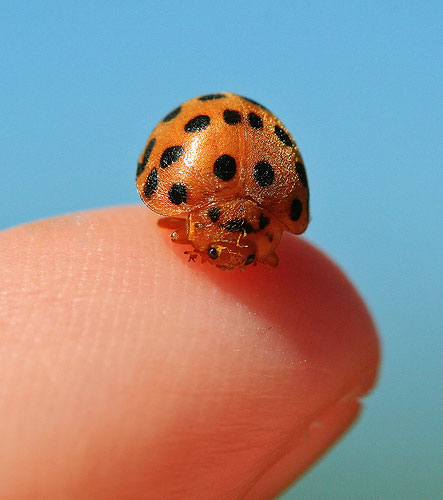
There is often much confusion amongst new photographers over the
terms macro, micro and close up photography and how they differ. For
starters, macro and micro usually refers to the same thing, in that
Nikon names their range of ‘macro lenses’ with the word ‘micro’. Canon
on the other hand, calls them macro lenses.
For example, Nikons top macro lens is called AF-S VR Micro-Nikkor 105mm f/2.8G IF-ED lens. Notice the term micro in that name.
Now for comparisons sake, Canon’s top macro lens is called a Canon EF 100mm f/2.8 macro lens. This time, instead of seeing the term micro, you’ll notice the term macro within the lens name.
What does macro and micro refer to when it comes to photography?
The word macro means big, whereas the word micro mean small. So how is it that these two terms related?
If the subject you are photographing is small and you want to make it
look big, you end up with a “macro” view of a “micro” subject.
What is macro (micro) photography?
Macro photography is that which is taken with a dedicated macro lens.
A real macro lens has the capability of achieving in the least a 1:1
magnification. Just because a camera has the word macro written on it,
doesn’t make it a true macro lens. Both the Nikon and Canon lenses
mentioned above, are considered real macro lenses. If you’re not sure
how to recognise a real macro lens, you may find an earlier article
useful called, What is a real macro lens.
What is close up photography?
Close up photography, is the act of photographing objects such
as flowers or insects in close range so the subject you are
photographing fills the frame. In other words, it’s the act of
photographing subjects close up. This is easily achievable with any
lens, even a 300mm telephoto lens.
Macro photography is in essence close up photography as well.
However, close up photography is not always considered as true macro
photography. For example, if you have a lens that is NOT considered a
real macro lens, yet offers a macro setting (as many do nowadays), this
is usually refered to as being close up photography, and not true macro.
How to recognise the difference between macro and close up photography?
Capturing the finest detail, is one of the main differences between macro / micro photography and close up photography.
Macro lenses are expensive for a reason. That being, a true
macro lens allows the photographer to capture finer detail than would
otherwise have been seen. For example, the hairs on an insects face, or
the pattern in its eye.
Take the two photographs below for example. The first image is a very
good example of a close up photograph, taken with a Nikon telephoto
lens. While the second photograph is a macro shot, allowing for bigger
magnification and showing the finest detail.
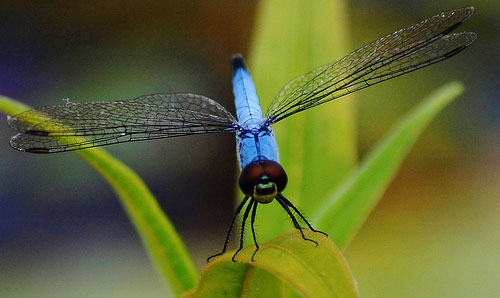
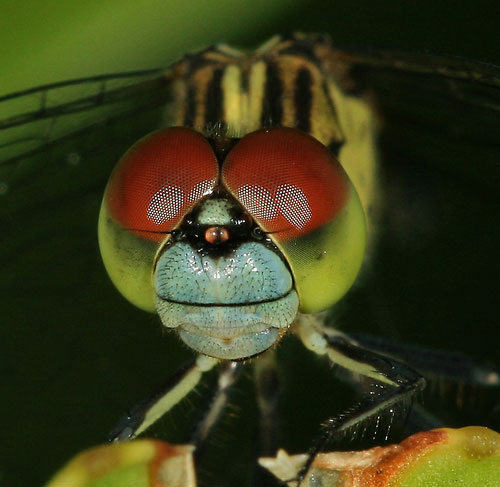
출처: http://www.slrphotographyguide.com/blog/macro/macro-micro-closeup-difference.html




 오션님이야 이미 다 알고 계실텐데요.
오션님이야 이미 다 알고 계실텐데요. 어떤 렌즈로 시도해 보셨나요?
어떤 렌즈로 시도해 보셨나요?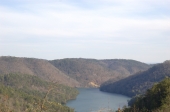


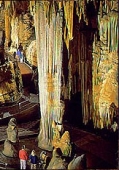
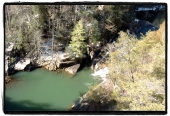




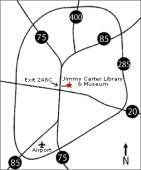
유용한 글 오늘도 잘 보았습니다